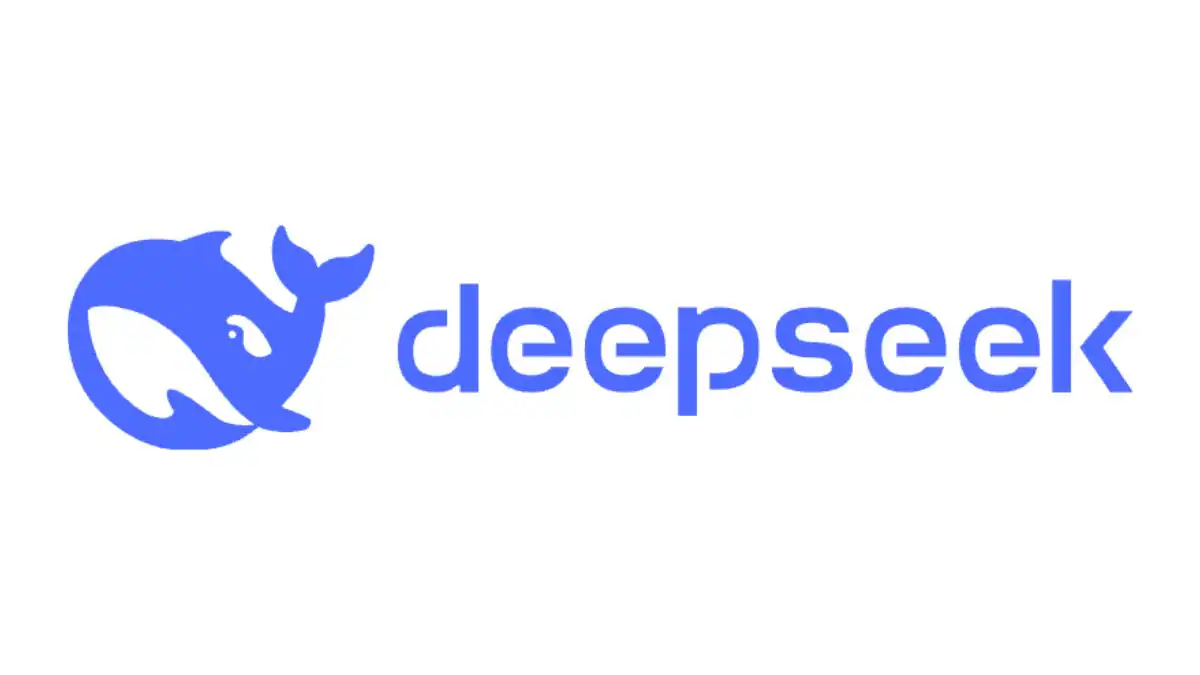DeepSeek-R1 has emerged as a transformative open-source AI model that promises to revolutionize the technology landscape. Developed by the Chinese company Deepseek, this reasoning model has taken the AI world by storm, altering the trajectory of what was once cutting-edge just weeks ago into something more affordable, accessible, and openly shared.
DeepSeek’s significant achievement echoes the ambitions that OpenAI had envisioned—a reasoning-focused "open AI."
Accessibility Redefined: Open Source and Affordability
One of the standout features of DeepSeek-R1 is its commitment to open-source principles. Released under the MIT license, the model’s technology, research, and methodology are available for public use. This not only encourages replication and experimentation but also fosters innovation in various domains.
You can access the research paper here, and for replicating the training process, visit:
- Open R1 for complete training
- TinyZero, optimized for specific tasks like countdown and multiplication, trained for just $30.
Furthermore, DeepSeek-R1 stands out for its cost-effectiveness. Training the model is up to 95% cheaper than its major competitors, and the API usage fee is only $0.55 per million tokens—just 2% of the cost associated with OpenAI's offerings. This competitive pricing makes reasoning models accessible to a broader array of businesses.
For users seeking lighter alternatives, DeepSeek has also developed distilled models characterized by similar reasoning competencies, which can run on smaller hardware configurations. These models, ranging between 1.5B and 70B parameters, deliver performance levels akin to GPT-4, directly from a personal computer.
Cutting-Edge Architecture: The Power of MoE and RL
The architecture of DeepSeek-R1 is not only sophisticated but also efficient. Utilizing a Mixture-of-Experts (MoE) framework, the model consists of 671 billion parameters, but only 37 billion are activated for each individual task. This selective activation ensures optimal performance without compromising speed or efficiency.
DeepSeek-R1's training methodology is equally groundbreaking. While many large language models (LLMs) primarily depend on supervised fine-tuning (SFT), DeepSeek-R1 uses a mix of reinforcement learning (RL) and minimal SFT. Key aspects of its training include:
-
DeepSeek-R1-Zero: This is the first model trained exclusively with RL, allowing it to autonomously acquire complex reasoning skills, such as self-verification and Chain-of-Thought (CoT) reasoning.
-
Enhanced Training: DeepSeek-R1 builds on the R1-Zero model by incorporating a carefully curated “cold start” dataset and multi-stage RL for improved readability and reduced language mixing issues.
-
GRPO Algorithm: This innovative algorithm improves output quality by generating multiple responses, evaluating them for accuracy and format, and reinforcing the best outputs.
The focused methodology allows DeepSeek-R1 to leverage carefully curated data during the cold start phase, enhancing its performance in the RL stage. Additionally, the integration of reward models for different scenarios promotes improvements in helpfulness and harmlessness.
Benchmark Performance: Setting New Standards
Recent benchmark tests underscore DeepSeek-R1’s leading performance across various domains:
- Mathematics: Achieved a remarkable 97.3% on the MATH 500 benchmark, setting a new record.
- Coding Skills: Scored in the 96.3rd percentile on the Codeforces benchmark, showing mastery in coding tasks, closely trailing OpenAI’s 96.4%.
- AIME 2024: Slightly outperformed OpenAI's O1–1217 model with a pass@1 score of 79.8%, compared to 79.2%.
- General Knowledge: While scoring lower than O1–1217 on MMLU (90.8% vs. 91.8%) and GPQA Diamond (71.5% vs. 75.7%), DeepSeek-R1 excelled in reasoning capabilities over mere knowledge retrieval.
- Software Engineering: Demonstrated robust performance with a score of 49.2% on the SWE-bench Verified benchmark.
Beyond its high reasoning capabilities, DeepSeek-R1 has achieved an impressive 87.6% in the AlpacaEval 2.0 evaluations, confirming its ability to generate high-quality, human-like text.
Implications of DeepSeek-R1's Emergence
DeepSeek-R1's introduction has significant ramifications, particularly for established companies like OpenAI and Google. With its highly affordable API and the option for free personal use, many users may reconsider the necessity of costly subscriptions or premium services.
Several key insights emerge from this AI breakthrough:
- Towards AGI: The model's ability to exhibit adaptive intelligence through self-correction during reasoning poses intriguing possibilities for developing Artificial General Intelligence (AGI).
- Overcoming Resource Limitations: Deepseek’s innovation may partly be attributed to the GPU and compute restrictions in China that prompted a search for more efficient training methods.
- Computational Efficiency: This development illustrates how smarter architectural designs can outperform brute-force infrastructure scaling.
- Closing the Gap: With open-source models becoming increasingly competitive, the divide between open and closed-source solutions is rapidly diminishing.
The Future Landscape of AI
DeepSeek-R1 signifies a pivotal achievement in open-source AI history, demonstrating exceptional reasoning skills, problem-solving abilities, and cost efficiency. It acts as a formidable alternative to proprietary models offered by large tech companies. As AI technology continues to evolve, DeepSeek-R1 embodies the potential of collective and open collaboration to drive creativity and progress.
This model serves as a potent reminder that financial constraints need not stifle innovation, and the pace at which open-source advancements are emerging suggests a rapidly decreasing gap between open and proprietary AI solutions.
With DeepSeek-R1 setting the standard, the future of AI appears promising, marked by increased accessibility and heightened capabilities for all users engaged in this exciting technological domain.
